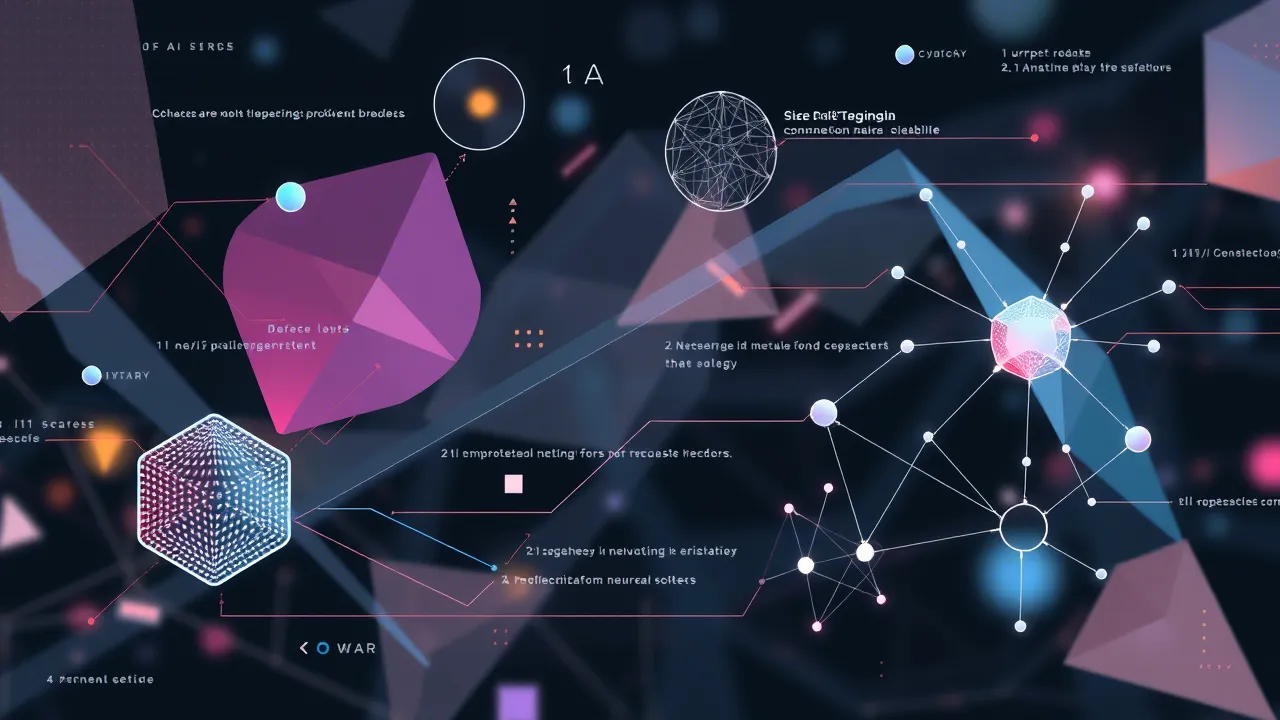Despite impressive advancements in artificial intelligence, by 2025 the problem of so-called AI 'hallucinations' – the generation of confidently stated but false or nonsensical information by models – remains one of the main challenges on the path to creating truly reliable and safe systems. Understanding the nature of these errors, assessing the progress made, and recognizing persistent difficulties are critically important for everyone interacting with AI.
What are AI 'Hallucinations' and Why Do They Occur?
'Hallucinations' are not just random errors. They are plausible, grammatically correct statements that, however, do not correspond to reality, distort facts, or even invent non-existent sources. The reasons for their occurrence are diverse:
- Limitations and Biases in Training Data: Models learn from vast amounts of text and code, but this data can contain errors, outdated information, or internal contradictions.
- Model Architecture: Modern LLMs are inherently probabilistic models, predicting the next word in a sequence. Sometimes the statistically most likely continuation is not factually correct.
- Lack of World "Understanding": AI does not possess a real understanding of the world or the ability to verify information as humans do.
- Complexity of Logical Reasoning: When dealing with complex, multi-step reasoning, models can "go astray."
Progress in Combating 'Hallucinations' by 2025:
AI developers are actively working to improve model reliability. By 2025, certain successes have been achieved:
- Improved Training Data Quality: More attention is being paid to data cleaning, curation, and diversification.
- Model Architecture Advancements: Mechanisms aimed at better factual grounding of responses and improved logical capabilities are being implemented (e.g., recent OpenAI developments in ChatGPT o3/o4-mini models).
- Retrieval-Augmented Generation (RAG): More sophisticated RAG methods allow models to base their responses on verified information from external knowledge bases in real-time.
- Verification and Fact-Checking Mechanisms: Integration of tools for cross-referencing information or using external services.
- Confidence Scoring: Some models are beginning to provide a confidence score for their outputs, though this is still an experimental area.
- External Tool Use: Capabilities like Anthropic's Claude "connecting to the world" allow models to consult authoritative sources for fact-checking.
- Red Teaming: Intensive stress-testing of models to identify weaknesses and potential 'hallucinations.'
Unresolved Problems and Challenges:
Despite progress, completely eliminating 'hallucinations' has not yet been possible:
- The "Long Tail" of Errors: It's difficult to foresee and eliminate all possible inaccuracies, especially in responses to rare or novel queries.
- Scalability of Verification: Checking every fact generated by AI is a labor-intensive task.
- Dependence on External Sources: The quality of RAG depends on the quality and timeliness of external databases.
- Balancing Creativity and Factuality: Overly strict constraints can reduce AI's utility in creative tasks.
- Detecting Subtle 'Hallucinations': Some errors can be very subtle and difficult to distinguish.
- User Education: The need to develop users' critical thinking skills when working with AI.
Strategies for Users and Developers:
- Users: Always critically evaluate information from AI, cross-reference important facts from multiple sources, understand that AI is a tool, not an absolute truth.
- Developers: Implement robust RAG systems, conduct thorough testing, ensure transparency regarding model capabilities and limitations, provide user feedback mechanisms.
The path to creating absolutely reliable AI, free from AI 'hallucinations', is long and complex. It requires continuous research, the development of new methods, the establishment of industry standards, and, importantly, the formation of a culture of responsible and critical interaction with these powerful technologies.
